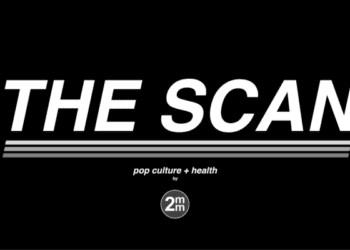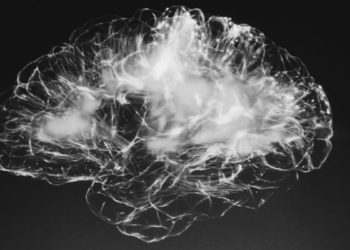Talk therapy, modified for literacy level, helps ease chronic pain for disadvantaged populations
1. Both modified cognitive behavioral therapy (CBT) and pain education (EDU) interventions were associated with improved pain in patients with disadvantaged backgrounds.
2. Post treatment pain demonstrated long lasting improvements in the EDU group and physical function was improved in both CBT and EDU groups.
Evidence Rating Level: 1 (Excellent)
Study Rundown: Chronic pain is defined as pain lasting beyond 3 to 6 months from an injury or an illness. It is becoming an increasingly prevalent problem within the healthcare system and is highly common within populations of lower socioeconomic status or racial minority. Although many pharmacologic treatments exist for chronic pain, these medications often have side effects and/or are opioid-based. While non-pharmacologic options exist, there are limited studies on the efficacy of these treatment alternatives to pain medication. Therefore, the authors of this study aimed to evaluate the effectiveness of talk therapy, modified for literacy level, compared to usual care. In general, it was observed that both CBT and EDU were effective interventions for chronic pain patients.
A strength of this study was that it specifically addressed low-income patients populations. Furthermore, it looked at 6-month follow-up after treatment to see whether improvements were maintained in the patient population. This study was limited in that it only addresses a single health care system and may not be generalizable to larger populations. Overall, the results of the study suggest that both CBT and EDU may be promising non-pharmacologic interventions for chronic pain management.
Click to read the study in Annals of Internal Medicine
Relevant Reading: Mindfulness Meditation for Chronic Pain: Systematic Review and Meta-analysis
In-Depth [randomized controlled trial]: The authors of this study conducted a randomized controlled trial to assess the efficacy of talk therapy, adjusted to literacy levels, for patients from disadvantaged areas dealing with chronic pain. In total, 290 patients were included in this trial, with 70.7% women, 66.9% minority group members, and 72.4% at or below the poverty level. The authors observed that for both the CBT and EDU arms of the trial there were improvements in pain scores reported from baseline to post-treatment compared to usual care (CBT: -0.80 [95% CI – 1.48 to -0.11] p = 0.022; EDU: -0.57 [CI, -1.04 to -0.10] p = 0.018). Furthermore, it was observed that improvements to pain scores in the EDU group were still present at the 6-month follow up, although they did not remain in the CBT intervention group. Physical function was also observed to improve in both CBT and EDU groups compared to usual care. In terms of depression scores, these decreased in both the CBT and EDU groups post-treatment, compared to the usual care group where scores did not change. The differences in depression scores were not statistically significant.
Image: PD
©2018 2 Minute Medicine, Inc. All rights reserved. No works may be reproduced without expressed written consent from 2 Minute Medicine, Inc. Inquire about licensing here. No article should be construed as medical advice and is not intended as such by the authors or by 2 Minute Medicine, Inc.






